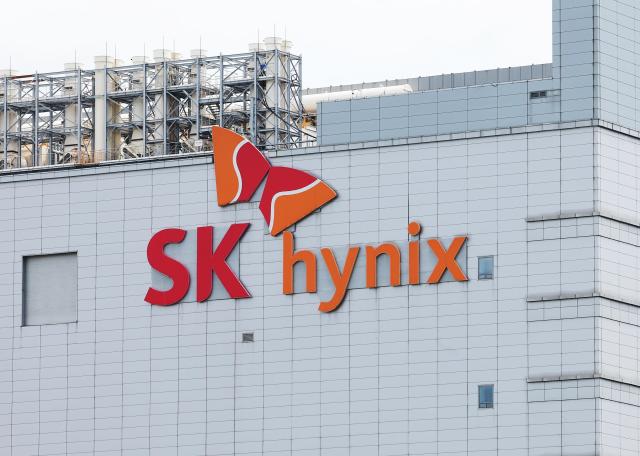
It marks the first time the memory chipmaker has claimed the top position in the global DRAM market, long dominated by its larger domestic rival.
The global DRAM industry recorded $27.01 billion in revenue for the quarter ending in March, a 5.5 percent decline from the previous quarter, amid falling contract prices and weakened shipments of high-bandwidth memory (HBM) products.
SK hynix captured 36 percent of the market during the quarter, overtaking Samsung, which fell to 33.7 percent. Just three months earlier, Samsung had held a commanding lead with a 39.3 percent share, compared to SK hynix’s 36.6 percent.
The reversal underscores a sharp shift in industry dynamics, particularly given that Samsung held a 43.9 percent share as recently as the first quarter of 2024.
Despite a 7.1 percent decline in quarterly revenue to $9.72 billion, SK hynix gained ground on the strength of shipments of its high-value HBM3E chips, a key component in advanced computing systems.
Samsung, by contrast, reported a steeper 19.1 percent drop in DRAM revenue, to $9.1 billion — an outcome attributed to restricted HBM sales to China and delays stemming from product redesigns.
Micron Technology, the American memory maker, maintained its position in third place with $6.58 billion in revenue and a 24.3 percent market share.
Separate figures from Counterpoint Research echoed the TrendForce findings, placing SK hynix at a 36 percent share, narrowly ahead of Samsung at 34 percent.
TrendForce projected a rebound in DRAM shipments in the second quarter, as PC and smartphone manufacturers complete inventory adjustments and scale up production. The firm also pointed to a temporary 90-day suspension of mutual tariffs between the United States and China as a catalyst for renewed demand.
With inventory levels expected to stabilize, analysts anticipate a more favorable pricing environment that could lift revenues across the memory sector in the coming months.
Copyright ⓒ Aju Press All rights reserved.

